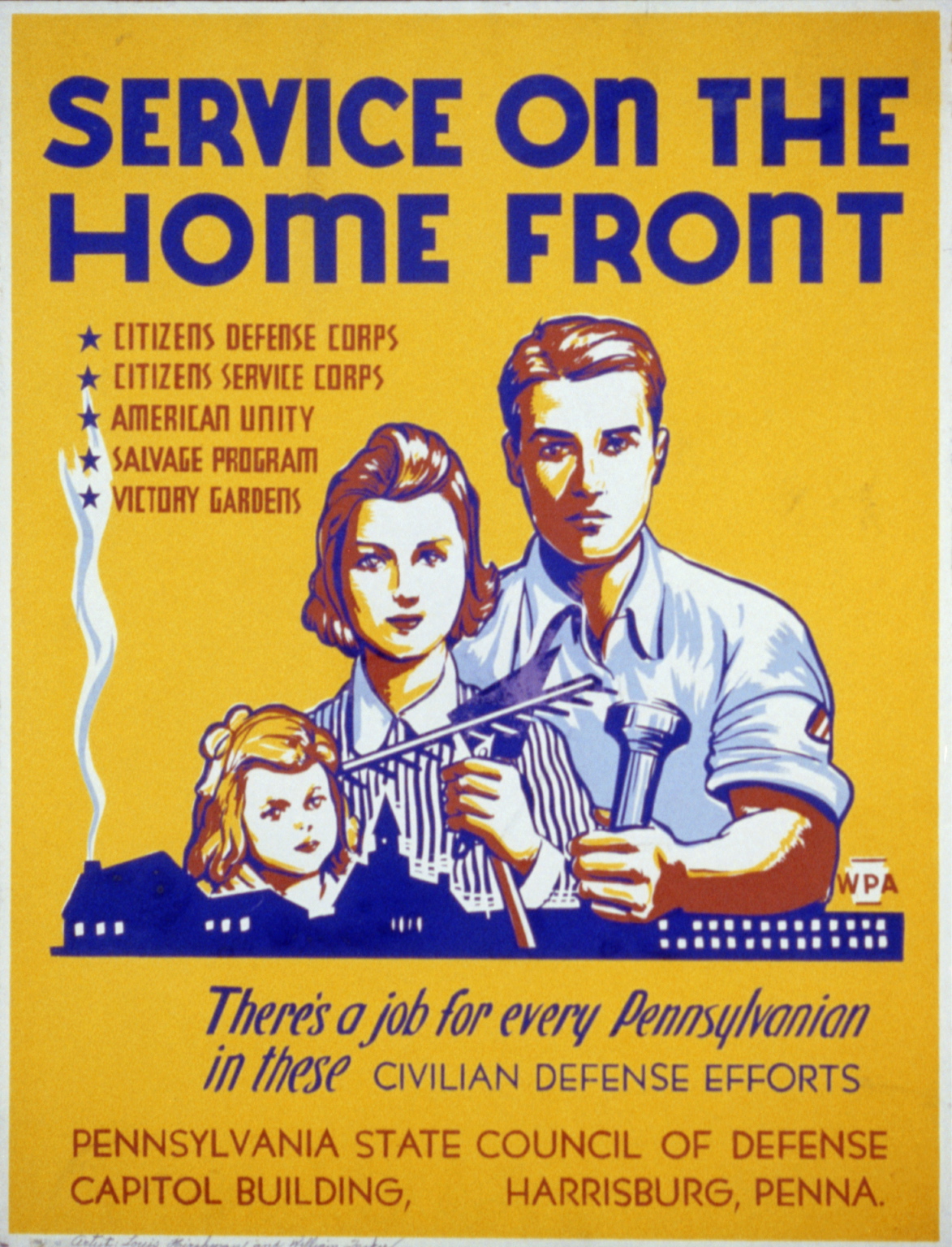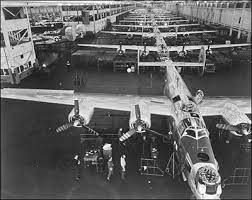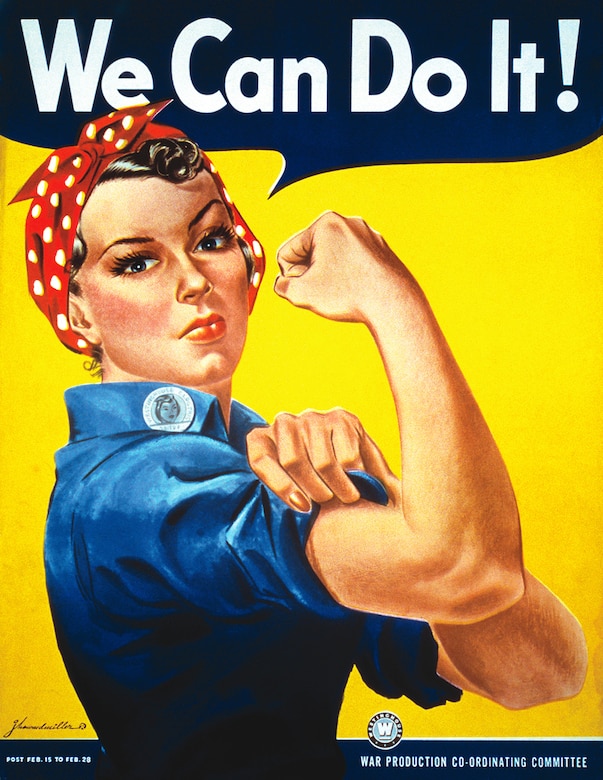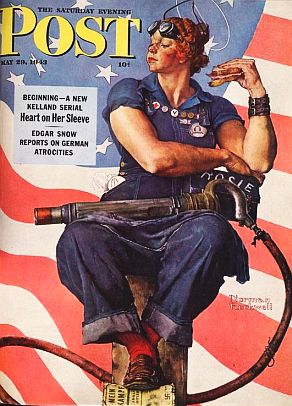The links below will help you with translating tools between English and Spanish.
1. Audio of a words in both English and Spanish. Will also translate phrases.
2. Google Search - Espana: The word can be typed in English, and the search finds results in Spanish, including images.
2. Google Search - Espana: The word can be typed in English, and the search finds results in Spanish, including images.
3. Google Arabic is available.
U.S. Homefront

Introduction
Products Made For War That Put People Back To Work.
Bullets of many sizes, cannon shells of many sizes, guns, tanks, airplanes , jeeps, trucks, parachutes, navy ships, clothing, shoes, rubber for hoses, gasoline, coal, desks, chairs, books, paper, knives, candy, etc. The list could go on and on, but you get the idea.
Then there were all the people who now had jobs moving this stuff. Truck drivers, train workers, airplane pilots.
Then there were the 16,000,000 people who had jobs in the Army, Army-Air Corps, Navy, Marines, and Coast Guard using all of this stuff. THEY were getting paid to do a job. (When the war started we only had 1,686,000 in the army. Two years before that (1939) in had only been 374,000.).
Women and African Americans Getting Work
This problem was solved by getting workers from the South, such as African Americans. Many Women were also hired, and houses were built for employees. Willow Run, a Ford Motor factory that built
B-24 bombers, eventually employed over 42,000 people and by 1944, the plant was producing one plane every hour.
B-24 bombers, eventually employed over 42,000 people and by 1944, the plant was producing one plane every hour.
This same kind of thing was repeated all over the country in many different factories, making many different products.
For More Detail on wartime employment and the Homefront click on this link (Spanish) or THIS one (English).
Protecting The Production
In California (on the Pacific Coast) there was some fear that the Japanese would be able to attack there. Many companies making war goods were located in California, one of them being the Lockheed Company that made aircraft. One of the VERY useful planes they made was called the P-38 Lightening

P-38 Lightening
In order to protect the factory making the planes they designed and made a very fancy way to camouflage (hide) it. This was done in case there was an attack it would not look like a factory, but like a regular neighborhood.
Here is the factory before they put on camouflage.
Here it is what the same area looks like afterwards.
Here is what it looks like underneath part of the camouflage.
Women Take Jobs In Defense Plants
A Defense Plant is a factory making products for the war effort. Up to this time most, but not all, workers in factories were men. Now many of the men were off in the Army, Navy, and Marines fighting the Axis Powers (Germany, Japan, and Italy).
Factories needed to find workers from some place, and women were a large and available source of workers.
They made Machine Gun Ammo.
They operated heavy tools to make pieces for BIG things like tanks.
They worked making ships for the Navy.
They worked on farms.
They worked putting the pieces of an airplane together.
This last example shows women using a machine called a riveting machines that used something like a staple to connect pieces of metal. In the last picture you saw the women using the riveting machines to make a B-17 Heavy Bomber.
Hear a bit of the story...
Hear a bit of the story...
Rosie The Riveter
Women working in factories putting the pieces of airplanes together with riveting machines gave rise to an image that came to stand for all women workers in factories during WW II. She was called “Rosie The Riveter.”
Another version of “Rosie” looks like this:
You can then hear a song from the time about Rosie The Riveter
Conserving and Rationing
What they mean and how they can support war effort
Conserving means to use things wisely and not waste them. In other words use as little of something as you can so that it will last longer.
Rationing means that you hold your use of something to a set limit. Often there is somebody telling you that you must do it. This usually is the government.
During WW II at home in the U.S. we needed to do both because so much of what we had was being used to fight the war. Making supplies and weapons for the soldiers. Sending food to the soldiers.
It had a big effect on kids. Toys had been made out of metal (This was before plastic existed a lot.) Toys were also sometimes made out of wood. Children were asked to turn in their metal toys so the metal could be melted down to make equipment for war. A lead toy could be melted down to make bullets.
Conserving.
People at home were even asked to save the fat that came from cooking meat, because that fat could be used to help make explosives.
A song from the time about saving the fat for explosives
People were even urged to conserve (save) food by planting their own gardens to raise food. They called these “Victory Gardens” because you were conserving (by raising your own food) to help win the war.
Conserving Money – Buying War Bonds
These war bonds were just like you remember learning about in the WW I unit. You gave the government money now so they could buy all the supplies and weapons necessary, and they agreed to give you your money back in a set amount of time.
One example is a $25 War Bond.
You pay $18.75 for it and in 10 years the government gives you back $25. You make a profit of $6.25.
They would have movie stars and war heroes who had come home go on tours asking people to buy bonds.
Betty Grable: She was a VERY famous movie star during the time of the war. MANY soldiers kept poster of her. In this picture of a war bond rally she is taking off her stockings to be auctioned (sold to the person paying the highest amount) to raise money for the war effort. People would come just to see her, and maybe buy bonds as well.
They would put up posters to show you why you needed to buy bonds.
This link will let you see many more war bond poster
Even kids got involved. They would save their change from buying things, and maybe be able to buy a bond. In that way they were involved in helping win the war.
You can see a lot of good examples of how the HomeFront was involved by going HERE.
Rationing
Rationing is when you are limited in what you are allowed to buy and use. The government had to do this so they had enough supplies and food to send to the soldiers fighting the war.
The way it would work is like this: On a set time you would get a ration book for everyone living in your house.
The book would have coupons.
You could not buy the product unless you had enough points on the coupons.
What kinds of goods were rationed? Almost everything: Meat, sugar, wheat, corn, gasoline, tires, canned food, and canned juice. Many other products as well, but you get the idea.
Mother Nellie Large tells how during the war Uncle Sam told her she could not have much sugar, so she stopped putting sugar in her coffee so she could save it to make a cake. (Ask Mr. Stevens if you want to know more of the story.)
This picture shows how many “ration points” you had to save to buy certain items.
Racial Barriers Broken Down Temporarily in Employment
Some barriers (blocks) to African Americans working in factories around the country were put aside during the war.

It seemed to be more important to defeat Japan and Germany than it was to segregate and discriminate.
The African American community in the United States resolved on a Double V Campaign: Victory over fascism abroad, and victory over discrimination at home.

More work would be needed after the war to attack discrimination.
Nisei:Internment Camps
In 1942 the War Department demanded that all enemy nationals be removed from war zones on the West Coast. The question became how to evacuate the estimated 120,000 Japanese American citizens living in California.
Roosevelt looked at the secret evidence available to him that the Japanese in the Philippines had supported the Japanese invasion troops. Most of the adult Japanese in California had been strong supporters of Japan in the war against China.
Roosevelt looked at the secret evidence available to him that the Japanese in the Philippines had supported the Japanese invasion troops. Most of the adult Japanese in California had been strong supporters of Japan in the war against China.
There was evidence of spying in captured messages to Japan from secret agents in the U.S. and Hawaii before and after the attack on Pearl Harbor.
On February 19, 1942, Roosevelt signed Executive Order 9066 which forced Japanese Americans to move out of large areas in California and other areas thought to be at risk. They were moved into camps in isolated areas and kept there. This means they had to sell all of their property.
People directed all kinds of hate and discrimination against them.
Germans and Italians were not sent to camps.
























